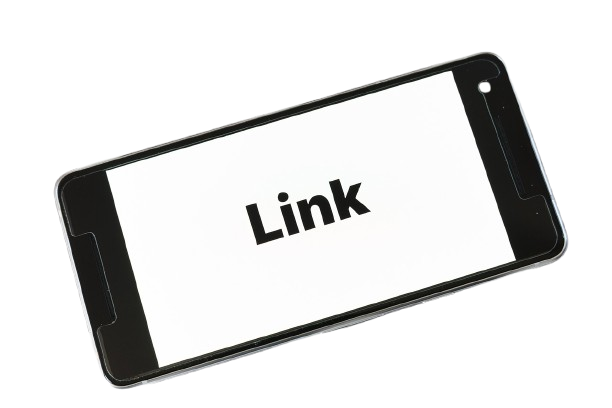
The Role of Internal Linking in On-Page SEO Explained
Internal linking is a fundamental aspect of on-page SEO and is critical to improving website structure, user experience, and search engine rankings.
It involves creating hyperlinks that point to other pages within the same domain, allowing users and search engine crawlers to navigate the website easily.
Implementing an effective internal linking strategy is essential if you’re optimizing your website, like bdsbulbulahmed.com, for better SEO performance. Let’s dive into how internal linking impacts on-page SEO and the best practices you should follow.
Why Internal Linking Matters for On-Page SEO
- Improves Website Navigation
- Internal links act as pathways that guide users through your website, helping them find relevant content quickly.
- On websites like bdsbulbulahmed.com, internal linking can improve user engagement by directing readers to related articles, service pages, or product details.
- Boosts Page Authority (Link Juice)
- When you link to a page internally, you pass “link juice” or authority from one page to another.
- This can help essential pages, such as your homepage, service pages, or cornerstone content, rank higher on search engines.
- Enhances Indexing and Crawling
- Internal links help search engine bots discover new pages and index them faster.
- Pages that aren’t linked internally are often more complex for crawlers to find, making them “orphan pages.” Effective internal linking ensures that every critical page is indexed correctly.
- Improves Dwell time and Reduces Bounce Rate
- By guiding users to relevant content, you increase their time on your site, reducing the bounce rate.
- For instance, linking from an introductory blog post on bdsbulbulahmed.com to in-depth case studies or related services can keep users engaged longer.
- Creates Content Context and Relevance
- Internal links provide context to search engines, indicating the relationship between different pages.
- Using relevant anchor text, you can signal the keywords and topics your linked page should rank for to search engines.
Best Practices for Internal Linking
- Use Relevant Anchor Text
- The anchor text should describe the linked page’s content and include relevant keywords. Avoid vague phrases like “click here.”
- Example: Instead of “Read more here,” use “Learn more about SEO strategies for business growth.”
- Link to High-Value Pages
- Identify key pages you want to rank higher (service pages, cornerstone blogs, or product descriptions) and link to them from relevant content.
- On bdsbulbulahmed.com, frequently link to your most valuable pages, such as service offerings or portfolio pages.
- Avoid Orphan Pages
- Ensure every significant page has at least one internal link directing to it.
- A page with no internal links is unlikely to be crawled and indexed effectively.
- Maintain a Logical Structure
- Use a silo structure where you group related content and link them hierarchically.
- For example, on bdsbulbulahmed.com, service category pages can link to individual service details pages and related blog posts.
- Use Internal Links Strategically (Not Excessively)
- Don’t overload a page with internal links, confusing users and crawlers.
- A good rule of thumb is to link naturally where contextually relevant.
- Fix Broken Internal Links
- Audit your site regularly to identify and fix broken links that lead to 404 errors, which negatively affect user experience and SEO.
- Update Older Content with Internal Links
- When you publish new content, revisit older pages and add internal links to the new page where relevant.
Internal Linking in Action: Example for bdsbulbulahmed.com
Suppose you have a blog post titled “How SEO Can Boost Business Growth.” You can improve internal linking by:
- Linking this blog post to relevant service pages such as “SEO Audit Services” or “Local SEO Solutions.”
- Adding links within the content to related blogs like “Top SEO Tools for Small Businesses.”
- Including links to portfolio case studies showing client success stories.
By interconnecting related content, you improve SEO and provide a better journey for your audience.
Internal Linking vs. External Linking in On-Page SEO
- Internal Links: Direct to other pages on the same website (e.g., linking from a blog post to a services page).
- External Links: Point to pages on different domains (e.g., linking to an authoritative external article or resource).
While external links help build credibility, internal links enhance your site’s structure and help retain visitors longer.
Key Takeaways:
- Internal linking is a powerful part of on-page SEO that improves user experience, distributes link equity, and helps search engines crawl your website more efficiently.
- Websites like bdsbulbulahmed.com can benefit significantly from a structured internal linking strategy that guides visitors to important content and increases engagement.
- Implement internal links thoughtfully and audit them regularly to maintain a healthy website structure.
By following these best practices, bdsbulbulahmed.com can strengthen its SEO strategy, improve visibility, and rank higher in search engine results.


